How to Break Up a Dog Fight
by Jennifer Wheeler and Ovidiu Stoica
Dog Fights. We’ve all been there, and we all know the characters involved.
There’s the high-strung lady with a sweet-faced, poorly trained, mid-sized pure-bred who believes her darling can do no wrong. At any sign of a scuffle, high-strung lady’s nerves go into overdrive, and she instantly transforms the scene from dramedy to horror by playing the terrorized victim. She makes a lot of unhelpful noise from the sidelines.
There’s the big dude with the really big unfixed dude-dog who tells everyone to chill out, perches himself in prime viewing position, and in his holier-than-though way announces that everything will work itself out, even when things turn bloody.
And then, of course, there’s the angry one. This is the vigilante who, instead of helping to break up the fight, chases people around with a pitchfork blaming them for the aggression, the mess and the bad weather.
The truth is, dog fights happen, they can be dangerous, and it is the responsibility of every dog owner to know how to properly handle the situation. If your dog is involved in a fight, whether or not he is the aggressor, it is never okay to aggravate the situation by panicking, to sit back and do nothing, or to incite hostility with the other owner by allocating blame instead of acting.
The best way to be prepared for safely handling a dog fight is to be familiar with:
1) things you should never do,
2) the actions available to you for regaining control of the dogs, and
3) the situational variables that will determine what kind of action you need to take.
The Don’ts of Breaking Up a Dog Fight:
Dog trainer Ovidiu provides the following advice on what not to do when breaking up a dog fight:
– Do not panic or scream. Being agitated will only make the situation worse.
– Do not try to separate fighting dogs by putting yourself or your hand between them, or by grabbing the collar. Even if it is your dog who is acting aggressively and you think there is no way she would dare to bite you, you are wrong! While engaged in a fight, dogs will bite whatever is within their reach and placing your hand in the fight zone is extremely dangerous.
– If only one dog is the aggressor, do not act on the dog being attacked. The aggressive dog will continue to attack, but you have immobilized the other dog who can no longer defend himself. This is true especially with respect to picking up the dog in one’s arms. Not only are you immobilizing him, but you are placing your body in the fight zone.
– Do not run and hide. If your dog is involved, it is your responsibility to act.
– Do not focus on the other owner – focus on safely resolving the fight between the dogs before picking a human fight.
– If a dog is holding a bite on your dog, do not try to pull your dog from the other dog’s mouth. You will cause an even greater injury to your dog by tearing his flesh. Act on the aggressor dog to make him release his bite.
The Do’s of Breaking Up a Dog Fight
Ovidiu’s advice on the proper actions to take when breaking up a dog fight:
The actions a person should take to safely prevent or separate a dog fight, are described here in an order that is loosely applicable to ascending levels of aggression.
1) Use your voice and body language to regain control of your dog. This is usually appropriate before a fight actually starts, when the dogs are just posturing and displaying signs of aggression. Make a sudden noise to create a distraction; advance towards the dogs (but not in between them) and act tough in voice and posture; give your dog a warning nudge on his behind; if possible, do something unpleasant like spray water on the dogs.
2) If the dogs have begun fighting, grab the aggressor by his tail and pull up and backwards. When grabbed by their tail, most dogs will also release a bite grip. Continue moving backwards, pulling the dog by its tail so that he cannot turn around and bite you. If you are not the owner of that dog, continue holding the dog by its tail until he has calmed down or the owner arrived to take control of him.
3) If the aggressor dog does not release the bite grip when pulled by his tail, grab his back legs and flip him on his back. 95% of the dogs will release a bite grip when flipped on the back. It is very important that this is done correctly so that the action is safe and effective. Firmly grab one back leg with your opposite hand, while positioning the other hand on his croup. With an upwards sweeping motion, swiftly pull the dog’s leg from under him, while pushing on his croup the other way. As soon as the dog is on his back, grab the other leg with your free hand so that you are firmly holding both of the dog’s legs. From this position you can control the dog so that he cannot bite you. Continue to hold and maneuver the dog until he stops putting up a fight, or the owner of the dog arrives to take control of him.
Under normal circumstances, the back leg flip can be scary and unpleasant for a dog. However, when dogs are fighting, they are in a different psychological state, completely consumed by the adrenaline and aggression of the fight. In this situation, the flipping action is not traumatic for the dog; rather, it serves to remove him physically and mentally from the fight.
Applying the Correct Set of Actions to the Specific Situation:
In an “ideal” dog fight situation, both owners will act simultaneously and will know what to do. The owners will use the actions discussed above to gain control of their own dogs.
Unfortunately, this is rarely the case. Usually, only one person takes action to separate the fight, and this person may or may not be the owner of one of the dogs involved.
If one dog is attacking and the other is defending and trying to get away, the person should act on the aggressor dog, using the actions described above.
If both dogs are attacking each other, it is best to try to separate them using non physical methods (described above). If you act alone and phisically immobilize only one dog, the other dog will take advantage of the situation and could potentially hurt his adversary a lot more than if they were left alone, to handle their own dispute. In most dog fights, after a few seconds, one dog will acknowledge he is weaker and try to get away. At this point one dog will become the aggressor and the other will become the victim. If the aggressor doesn’t stop and goes in pursuit of the other dog, the person should take the appropriate actions (described above) to stop him.
In some cases, the victim dog may take advantage of the fact that the aggressor is immobilized and try to bite him. In this situation, if nobody is there to help, the dog being restrained should be released so that he can protect himself.
Dog fights can be very loud and very scary, and it is unfortunate that people often only make the situation worse. You can’t stop Mr. Hysterical or Ms. Crusader but you can learn how to stop a dog fight. Familiarize yourself with these techniques, use a little common sense, and you will be able to keep yourself and your dog safe.
Have you ever had to deal with a situation like this? What worked best for you?
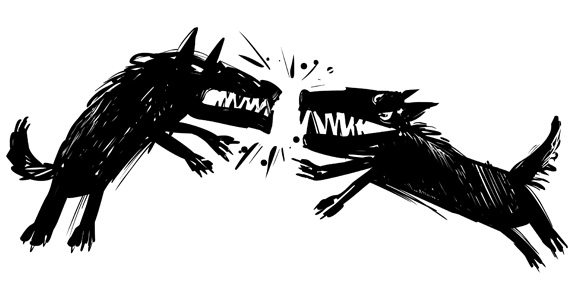
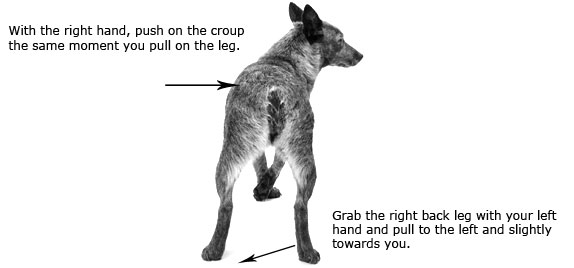
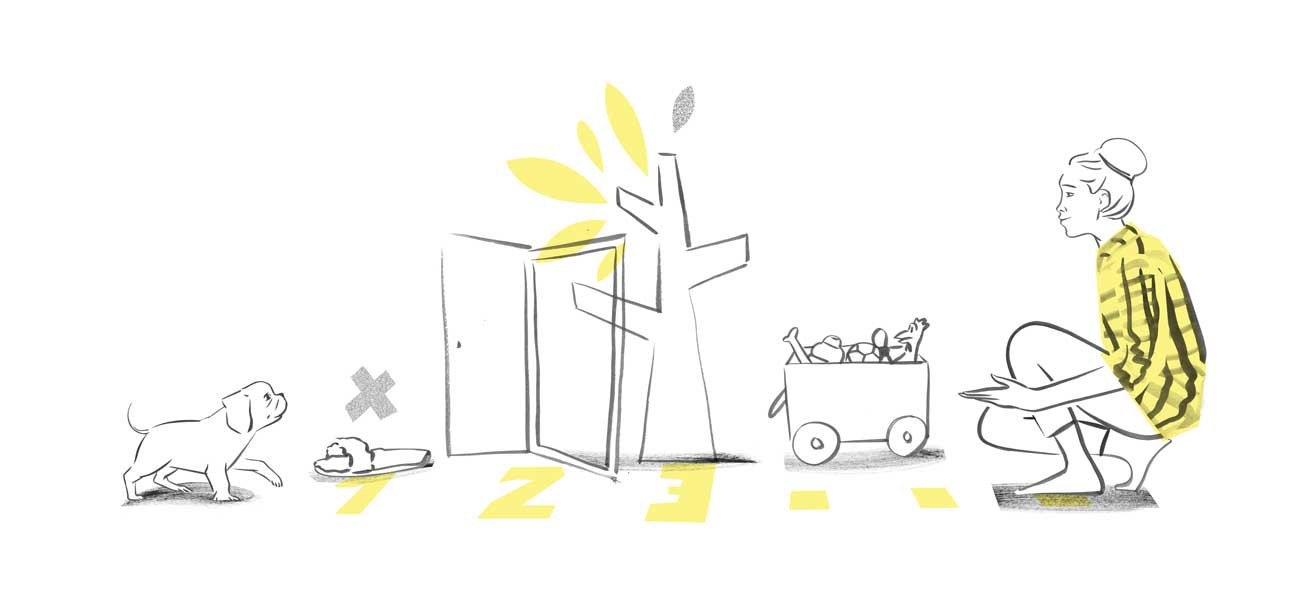
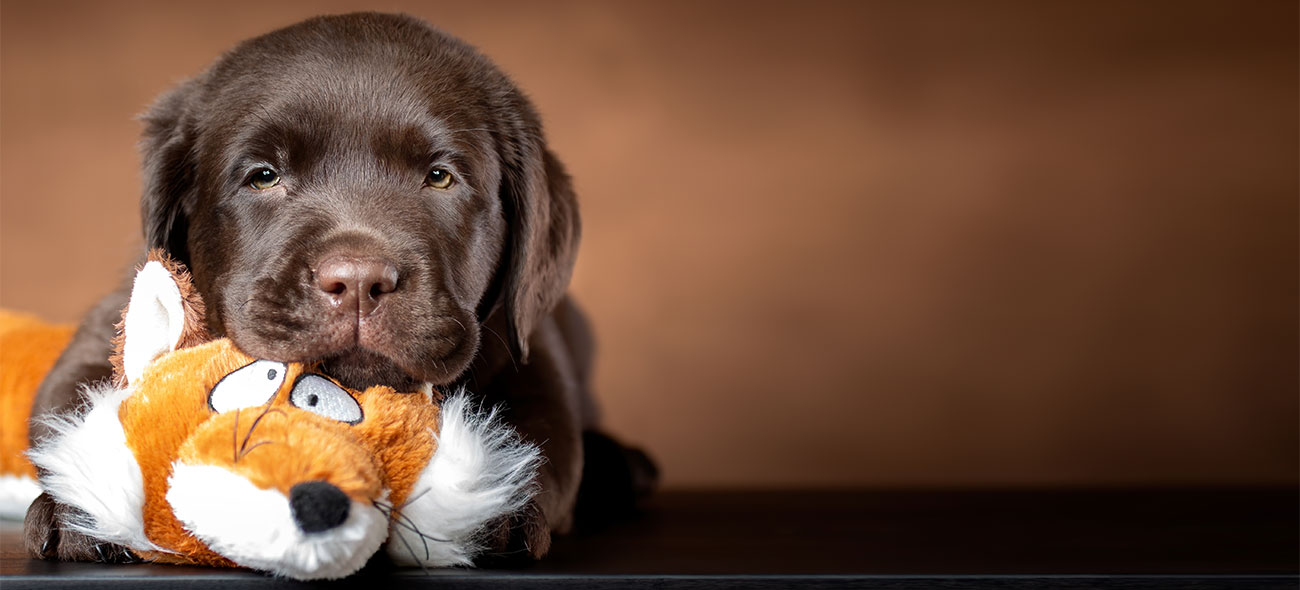

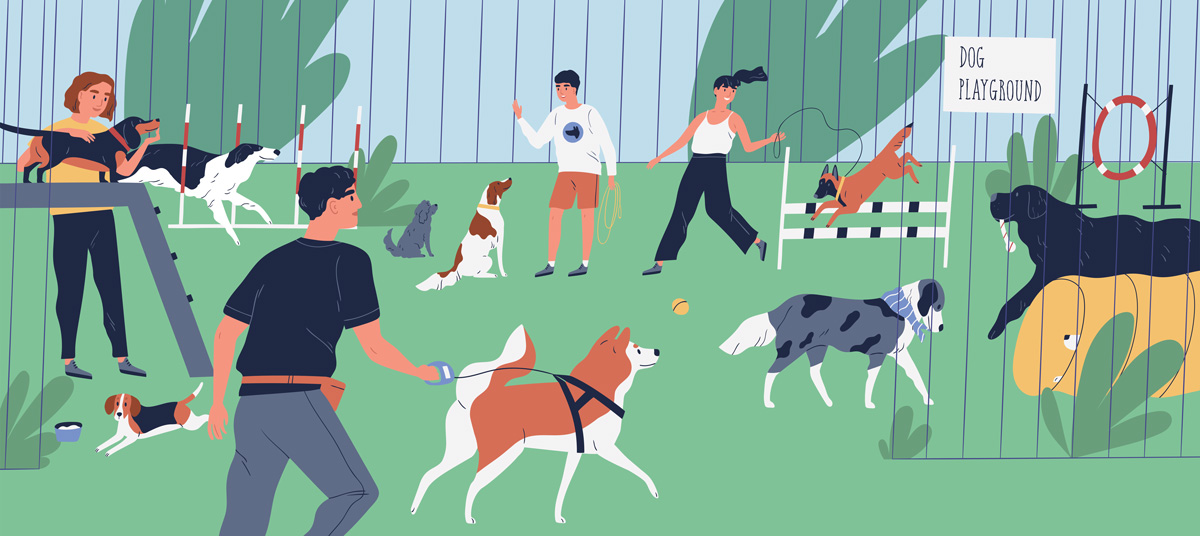
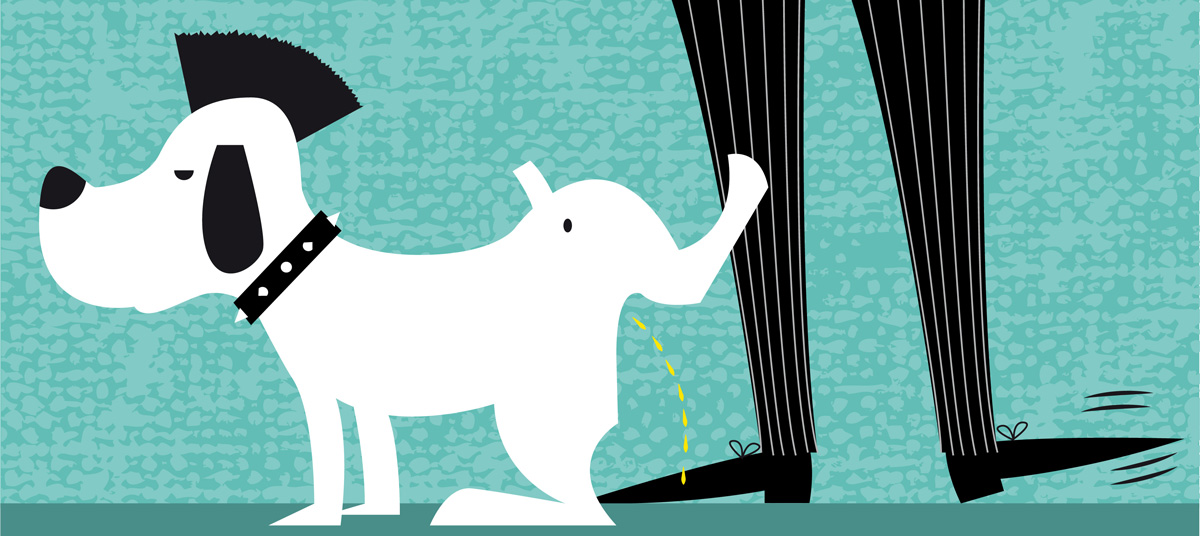
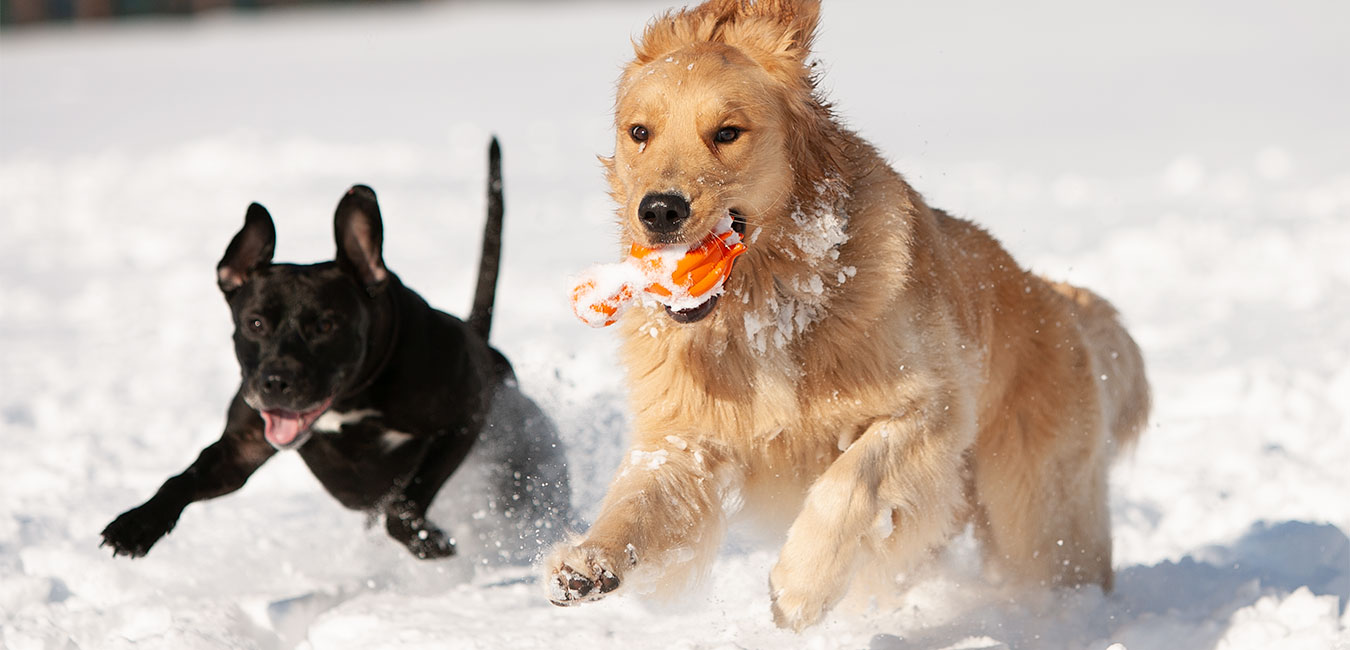
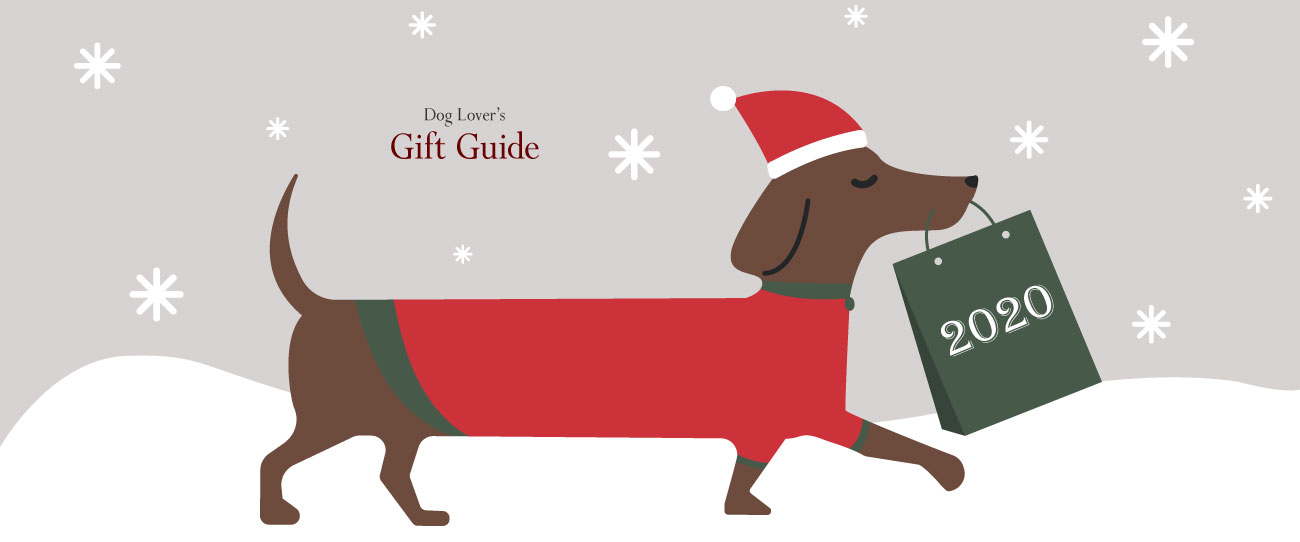

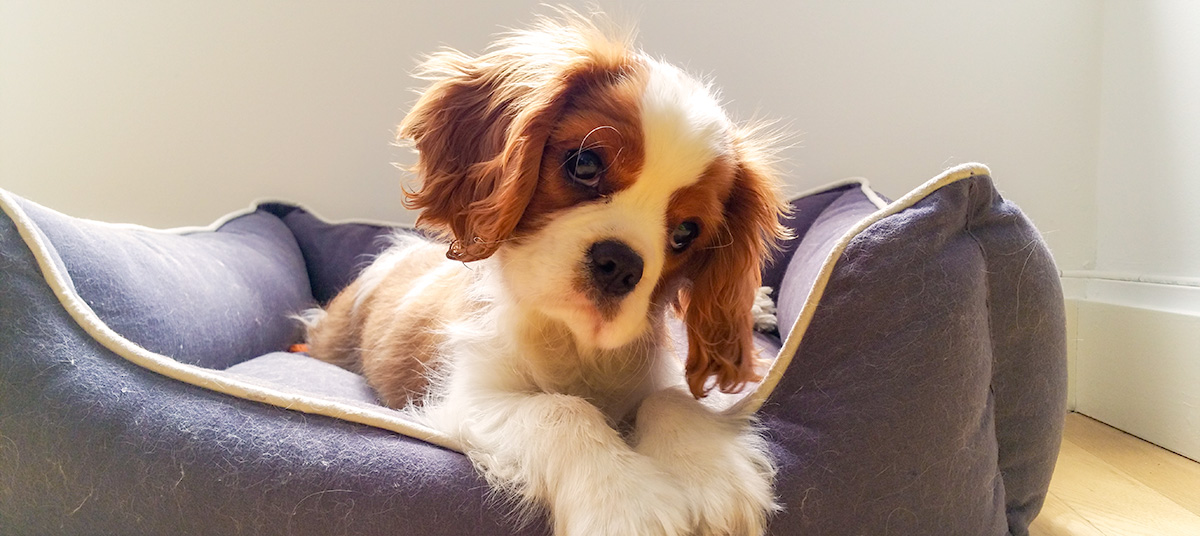
I have had the best success with having the other owner and myself grabbing with both hands the loose skin on the back of the neck of our respective dogs and standing our dogs up at the same time. When the dogs positions are changed like that, they loosen their bite to get a better bite, and then you pull them apart, and then you can control them by holding that skin until you can get the dogs far away from each other…
BarbaraRae1 Barbara, the problem with grabbing them like that (by the back skin on their neck or their collars) is that you expose yourself to unnecessary danger. You can easily get bitten. Also, some dogs will release their bite when grabbed by anything … a lot of them won’t though, even when grabbed like you suggested.
Thank you for your suggestion!
Ovidiu Stoica BarbaraRae1 I understand your line of thought, but when 2 big dogs have a hold on each other, as long as both people know the method & understand what they are trying to accomplish, it is, in my opinion & experience (and that’s all it is – opinion & hands on experience) the safest way to get them apart & control them afterwards. But it isn’t just grabbing them by the scruff – you grab at the scruff and just below the shoulder blades, pull back on the neck while lifting and push in below the shoulder blades. This puts both dogs in an awkward position for their bite/hold and they let go. I have seen too many people grab their dogs tail and, yes, the dog releases – and then snaps at whoever has their tail, more often than not, biting them. I have also seen people flip their dogs only to have them jump at them. I have seen breaker bars used, only to have the dog latch on again as soon as they could. I am a responsible owner of 4 American Pit Bull Terriers, ranging from 45 lbs to 110 lbs. They are not fighters & will never be fought. One of them was rescued from a fighting ring and he is the most gentle, loving, obedient dog I have ever had, however, he must have been a good fighter, because he bears few scars…that said, a couple of years ago, a redneck idiot moved in across from me and heard that my dog had been a fighter & asked me to fight him against his dog – a backyard/junkyard Pit Bull. Of course I blew up at him, cursed him out, etc. He staged a fight amongst his friends – when my dog was out in my fenced yard, they came over and dropped his dog into my yard! They started fighting, and fortunately, one of my son’s friends was over – so with minimal instruction & no training, I told him what we needed to do, we counted & grabbed hold of the dogs – my dog released immediately, but it took a second for the other dog to let go, but as soon as he did, the boy had a good enough grip on the dog that he was able to actually lift him up & over the fence & deposit him back to this jerk. I called animal control & the police & the dog was taken away(lucky dog) & luckily for me, those jerks had drugs on them, were arrested, and evicted. My dog, since he was licensed & up to date on all of his shots, was able to quarantine in my house. With that, I stand by what I say, but that is me, I know & love my dogs, but there is always some jerk out there looking to cause trouble. I would never presume to tell someone else how to do this, but it works for me, that time & in other instances. I heard of this technique through Cesar Millan – the “Dog Whisperer”, and got the training info including videos of the breaking up of actual fights. It is a great training series, but not for everyone…
Ovidiu Stoica BarbaraRae1 and one other thing – my dogs do listen to me – the problem is when other dogs (the aggressors) don’t obey their owners & those owners don’t have a clue! Keep up the good work!
Number 2 of the “DO’s” says to “grab the aggressor by his tail and pull up and backwards”.. I have tried this MANY times. The only thing that it does, it immobilizes ONE DOG, not both, which then gives the other dog the chance to continue attacking…… When two dogs are fighting each other, (not just one attacking the other), it is near impossible to separate them when their jaws are locked on each other… I have many scars and have had many stitches breaking up dog fights and have learned to NEVER get in the middle. If your dogs are fighting, you need to invest some money into some serious training instead of just “knowing how to break up a fight”..
Amanda, you are right. If both dogs are fighting with each other and only one of them is being immobilized, she/he will get bitten. I always advise both owners to act in the same time, as I also did in the article. The problem is that a lot of times, people do not know what to do so the only action they take is panic and scream for help. This article is a good theoretical first lesson.
There are ways to safely separate fights where one dog grabs and holds the bite, unwilling to release. It’s safe for both dog and human but because it is a more advanced method I did not include it the article. People with dogs like that should consult a dog trainer.
I hate to say this I choked my dog out when he got in a fight. Also I have sprayed him in the face with water and them tackled him. He is a pit mix and can’t be around other unfixed males. If you are alone when a fight happens or on the street and you don’t know the other dog and no one is around to help the best thing to do is pick your dog up. Yes I am a girl and I can pick my dog up. The trick is if the other dog keeps going and trying to attack you dog use the top or bottom part of your foot not the toe because you are more likely to injure the dog more when you have to kick him. All you need to do is aim for the ribs and knock the wind out of the dog and yell like your in battle because this scares the Shit out of them if you are louder than their bark. When you’ve been in the marines you learn disabling tactics.
We had a horrible fight between two of our dogs tonight. Both fixed. Male 9 year old doberman, lovingly called stoner because he is always so docile, and our female pit mix who is normally afraid of her own shadow. Both have lived together happily for the last 3 years but tonight in the yard something went bad and went bad fast. It took 5 adults to break them up. They were taking turns locking mouths, necks, legs anything they could grab :( The injuries to the older doberman are really bad, the poor pit mix has head punctures. Nothing we tried would stop these two, it lasted almost ten minutes before we were able to finally separate. First of course tried calling them, they got worse. Turn the hose on spraying them at the noses, nothing. Tried flipping one to the back, the other just broke free then lunged again. Finally we were able to position two on one side, and two on the other and grasp the back ends and pull them away. Immediately the one ran in the house and up to her room, the doberman limped his way in almost in shock. I have had the doberman since he was a pup and this was his first fight. The pit mix was a rescue and in the three years shes been with us this was her first fight also. Now I am very concerned about reintroducing them. There is a third little guy, a boston terrier who kept running back and forth between the two just crying and barking because he is attached to them both. Its been a little over two hours and both the injured dogs are in their own areas sleeping it off. Any ideas what could have triggered this bloody battle? I don’t want to lose these two, they are usually the best of friends, but at the same time, I don’t want them to have another seemingly fight to the death type situation.
I have 4 dogs 1 Border Collie and 3 Jack Russell Terriers . They all get along pretty good but my littlest one Female Jack don’t like my male jack, she and him has gotten in to more then one fight over the 6 years that i have had the Jacks females. When one of then looks at the other wrong it is on. I have been bitten twice really bad on the hand and forearm with in 3 weeks of each bite. I have learned that if i grad the female at the right time by the collar of just pick her up she will let go to get a better grip and then i’m able to get her out of the fight and to let my male go. But if i have someone around that don’t know what to do but just yell and scream it takes me longer to brake up the fight. My Husband won’t listen to me and at times makes it worse cause he gets excited and tries to brake up the fight by yelling, and if everyone stays calm that too helps the fight end faster . To the dogs it is like a crowd cheering them on and you don’t want that .
But when I see them giving each other that eye i give them a AH really load and that helps to redirect there attention and they go in different directions .
I just had to separate my dogs on Sunday. My Shepard and Pit bull for into a fight. I find it exhausting and over whelming when they fight. I really would like to know how to get my Shepard to let go of the pit bulls face. My Shepard bites and I have a extremely hard time to get him to release.
ANY SUGGESTIONS FOR ME PLEASE? ?
My 2 DOGS DO The Lock Jaw to. I know pits do that but my Shepard does It also. After I finally seperate them I feel like I ran a mile. It is so exhausting separating a fight:(